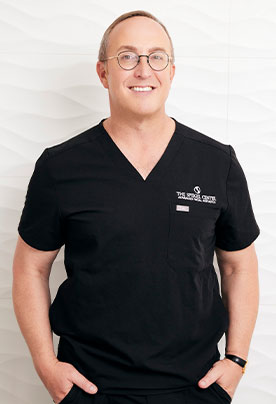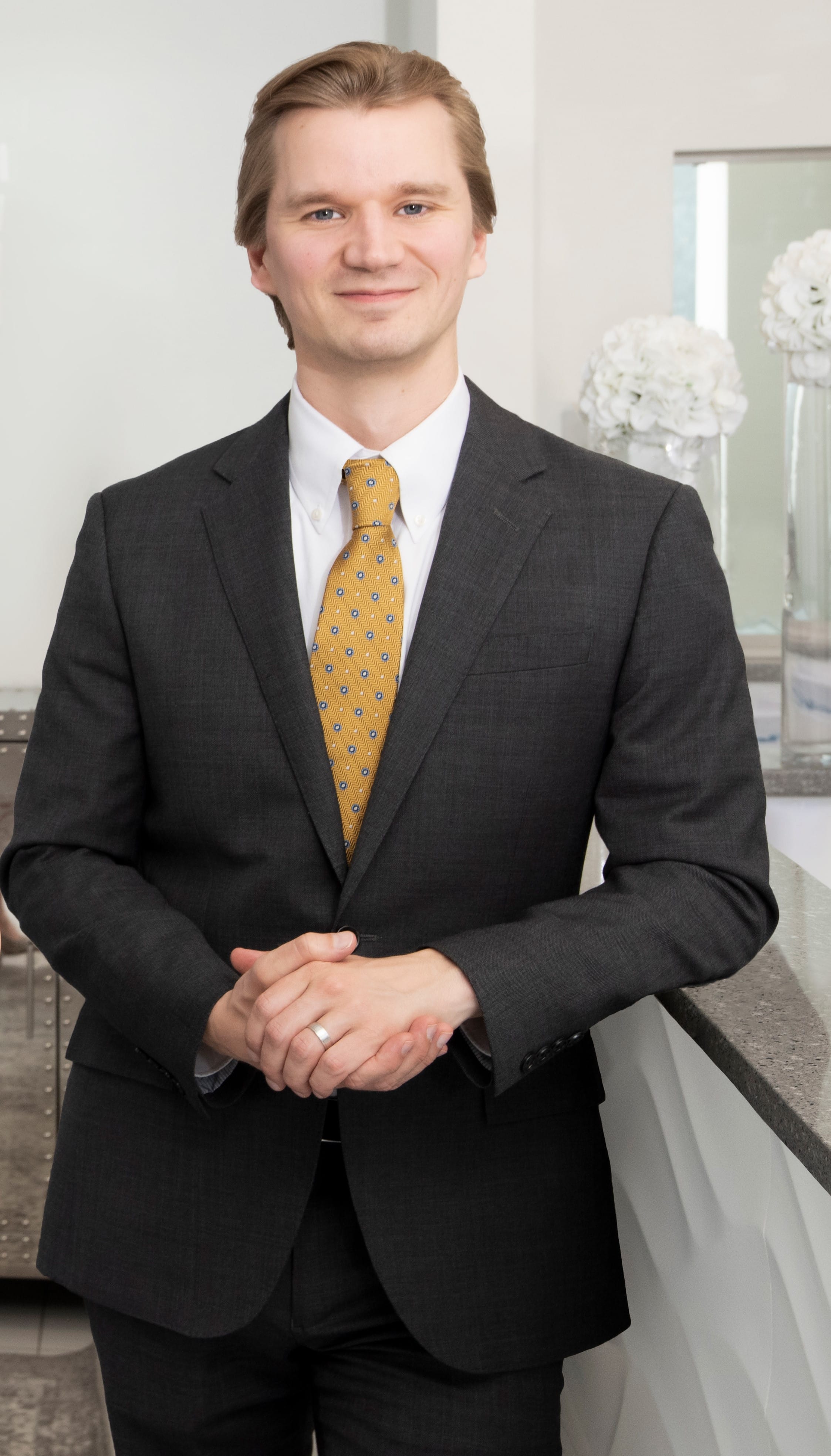
At The Spiegel Center, we have had the privilege of witnessing and contributing to the remarkable advancements in rhinoplasty surgery. We are proud to say that we have over 30 years of experience specializing in Rhinoplasty surgery between Dr. Jeffrey Spiegel and Dr. Jacob Tower. In those 30 years, Rhinoplasty, often referred to as a nose job, has evolved significantly, becoming more refined, precise, and tailored to individual needs. This evolution has been driven by a combination of technological innovations, improved surgical techniques, and a deeper understanding of facial aesthetics. Today, we’d like to share with you some of the most exciting advancements in this transformative field
The Evolution of Rhinoplasty Techniques
Rhinoplasty has a long history, with its roots tracing back to ancient civilizations. However, it wasn't until the 20th century that the field began to see significant scientific advancements. Initially, rhinoplasty was largely about reducing the size of the nose. The focus was on making the nose smaller and straighter, often without considering the overall facial harmony.
Today, the approach to rhinoplasty has shifted dramatically. Modern techniques utilized by the rhinoplasty surgeons at The Spiegel Center emphasize a more holistic view, considering the nose in relation to the entire face. The goal is no longer just to reduce the nose but to enhance its shape, function, and proportion, creating a natural and balanced appearance.
Preservation Rhinoplasty: A Revolutionary Approach
One of the most significant advancements in recent years is the advent of preservation rhinoplasty. Traditional rhinoplasty techniques often involved removing or reshaping large amounts of bone and cartilage. While effective, these methods could sometimes lead to structural weaknesses or unnatural results.
Preservation rhinoplasty, on the other hand, aims to maintain as much of the nose's original structure as possible. By preserving key anatomical components, this technique can achieve more natural-looking results with fewer complications. This approach minimizes the need for extensive cartilage grafts and reduces the risk of long-term issues like nasal collapse or breathing difficulties.
Ultrasonic Rhinoplasty: Precision and Safety
Another groundbreaking development in rhinoplasty is the use of ultrasonic technology. Ultrasonic rhinoplasty utilizes high-frequency sound waves to reshape the nasal bones with unparalleled precision. Unlike traditional tools, which can cause trauma to the surrounding tissues, ultrasonic instruments allow for more controlled and gentle sculpting.
This precision translates to several benefits for patients. First, it reduces the risk of unintended damage to the nasal structures, leading to more predictable outcomes. Second, it minimizes postoperative swelling and bruising, resulting in a faster and more comfortable recovery. Ultrasonic rhinoplasty represents a significant leap forward in both the safety and effectiveness of nasal surgery.
Minimally Invasive Techniques: Reducing Downtime
While traditional rhinoplasty can involve significant downtime, advancements in minimally invasive techniques have made the recovery process more manageable. Closed rhinoplasty, for example, involves making incisions inside the nostrils, leaving no visible scars. This approach reduces tissue trauma and speeds up healing.
In addition, injectable treatments have emerged as a non-surgical option for minor nasal enhancements. For a non-surgical rhinoplasty, also called liquid nose job, dermal fillers can be used to smooth out bumps, enhance the nasal tip, or correct asymmetries. While not a substitute for surgical rhinoplasty, these non-invasive procedures offer temporary improvements with minimal downtime, making them an attractive option for those seeking subtle changes.
Personalized Approaches: Tailoring Surgery to the Individual
Perhaps the most important advancement in rhinoplasty is the shift towards personalized, patient-centered care. Every nose is unique, and so is every patient's aesthetic vision. Modern rhinoplasty techniques emphasize customization, allowing expert rhinoplasty surgeons to tailor their approach to each individual's anatomy and goals.
At The Spiegel Center, we take pride in our thorough consultation process. We spend time understanding our patients' desires and concerns, conducting detailed assessments, and developing customized surgical plans. This personalized approach ensures that each patient receives the best possible outcome, harmonizing their nose with their facial features and enhancing their natural beauty.
Looking Ahead: The Future of Rhinoplasty
As we look to the future, the field of rhinoplasty continues to evolve. Ongoing research and technological innovations promise even greater precision, safety, and satisfaction for patients. From robotic-assisted surgery to advances in biomaterials, the possibilities are endless.
At The Spiegel Center, we remain committed to staying at the forefront of these advancements. Our goal is to provide our patients with the highest standard of care, leveraging the latest techniques and technologies to achieve beautiful, natural results. We are excited about the future of rhinoplasty and the opportunities it presents for transforming lives and boosting confidence.
The advancements in rhinoplasty surgery have revolutionized the way we approach and perform nasal reshaping. From preservation and ultrasonic techniques to minimally invasive options, these innovations have made rhinoplasty safer, more precise, and more personalized than ever before. At The Spiegel Center, we are dedicated to utilizing these advancements to deliver exceptional results for our patients, helping them achieve their aesthetic goals with confidence and ease.





